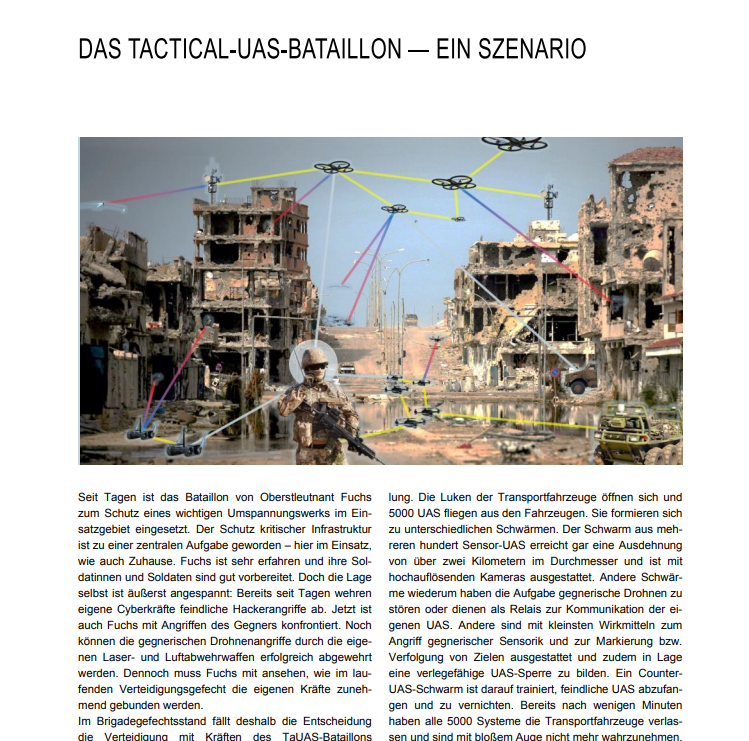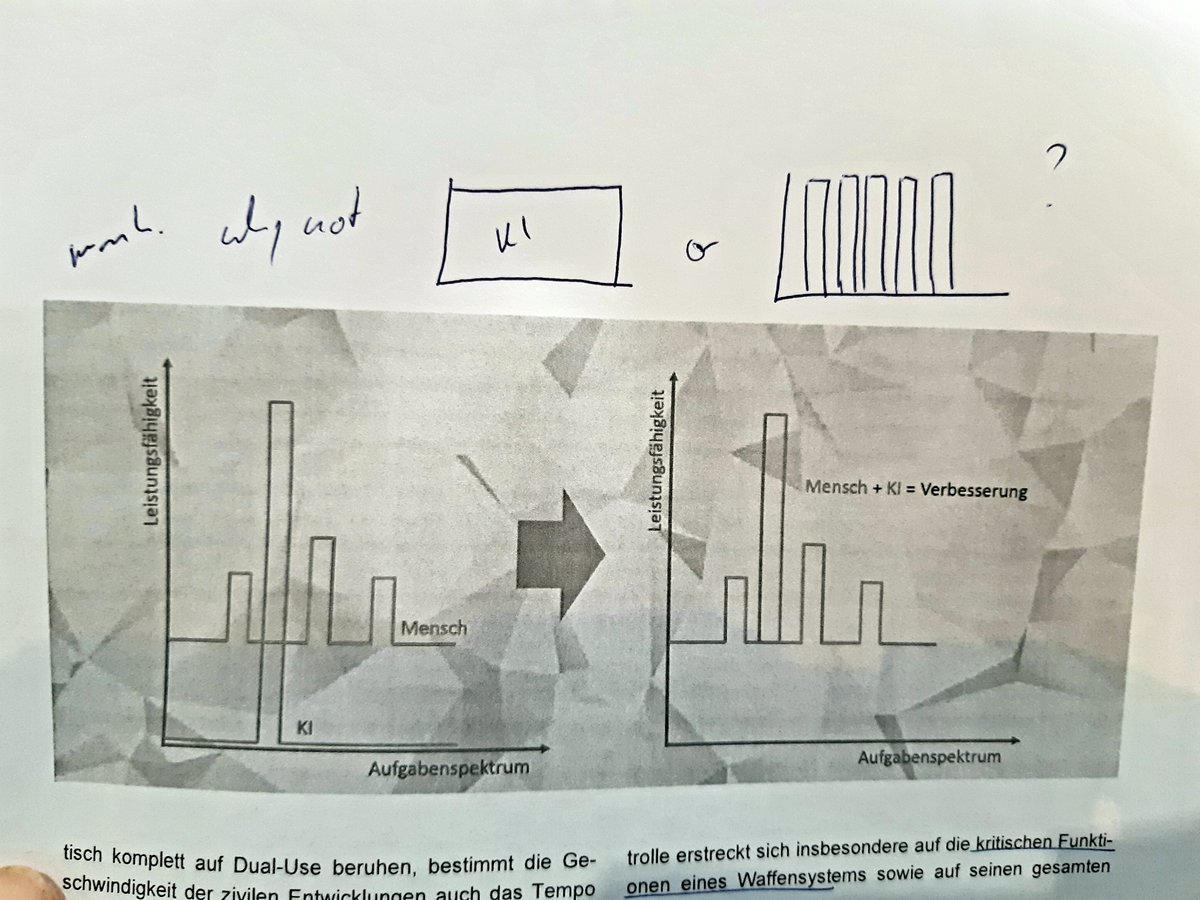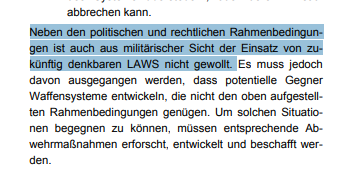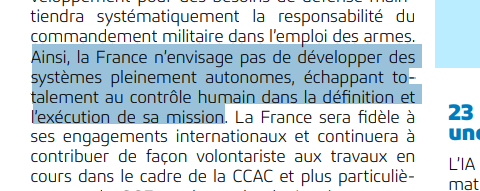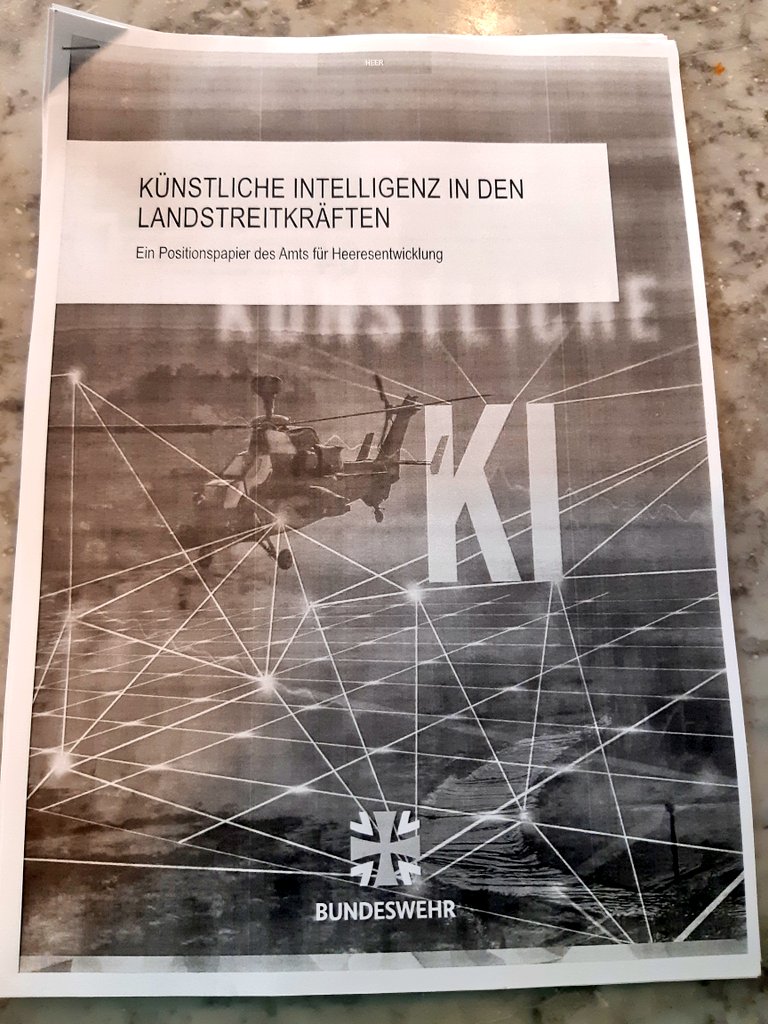
The paper is available here 👇
It was published only some ten days ago, but was finished in August/September.
#AI #KI #Bundeswehr (1/)
augengeradeaus.net/wp-content/upl…
(2a/)

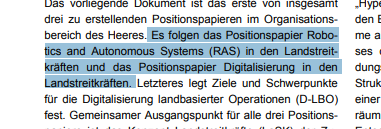
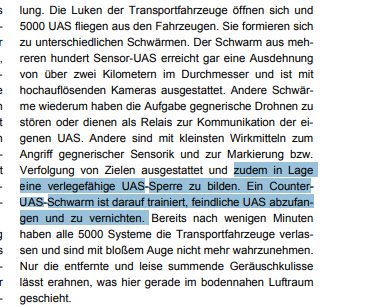
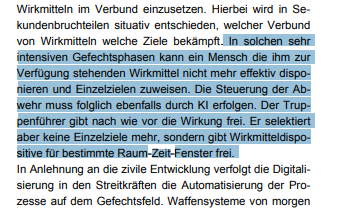
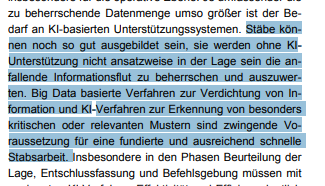
(15)
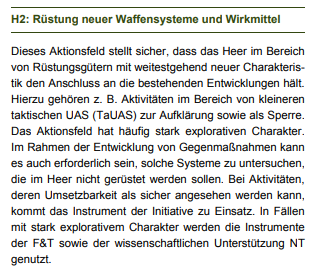
4) AI in training and education
(20)
Example: #AI-enabled image analysis - the paper recommends the establishment of a database.
(22)
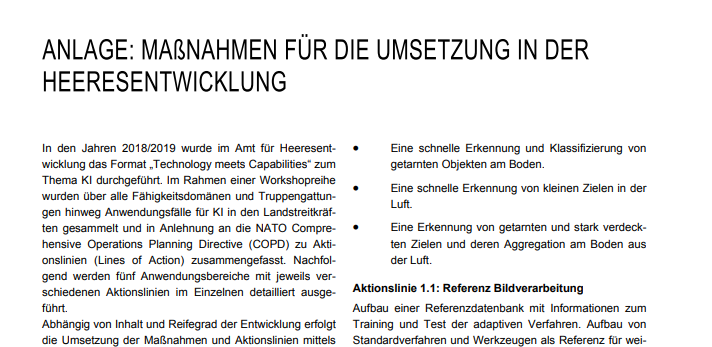
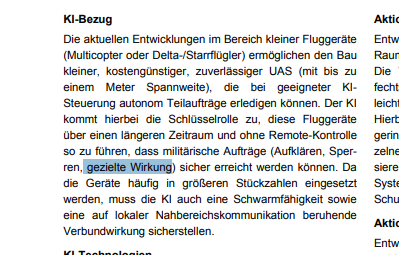
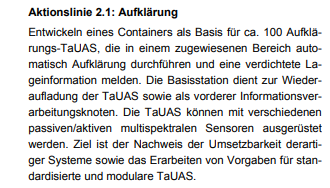
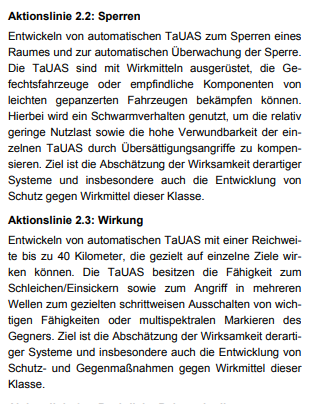
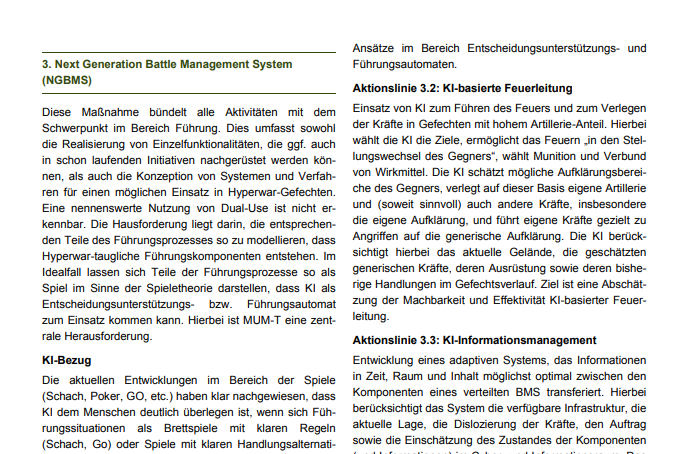
As with the French military #AI strategy, first of all, a 👍 for publishing this at all! The German MoD is notorious for just not publishing such papers, so I was positively surprised.
a) not as impactful, and
b) slightly weird in terms of process.
I hope there will be more.
If the topic interests you, have a listen to our latest @Sicherheitspod episode in which we discuss this paper and the topic of #AI in warfare more broadly (from min 40:09)
soundcloud.com/sicherheitshal…

